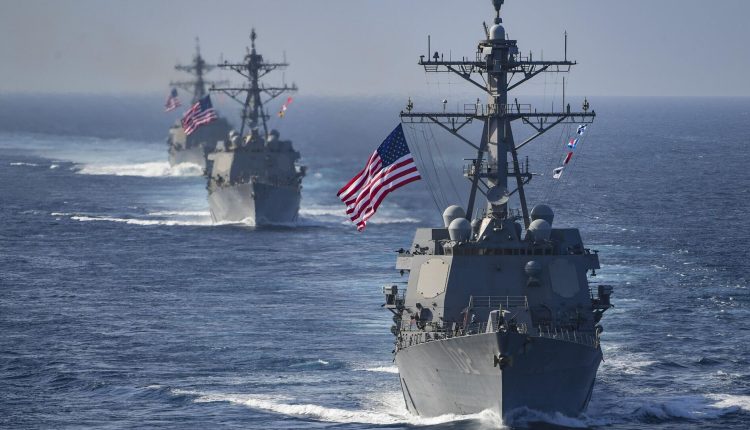WASHINGTON, Sept. 06 (YPA) – A new report from the U.S. Naval Institute has revealed complex details about the U.S. Navy’s engagement in the Red Sea, describing it not just as an exchange of fire but a “genuine war of attrition” that has exposed weaknesses in the American arsenal.
According to a report by the institute, forces from Sanaa have established a new dynamic, proving the effectiveness of their simple tactics against sophisticated American technology. The report acknowledges that this is the most intense naval combat the U.S. Navy has faced since World War II and the first time its warships have come under direct fire.
The institute noted that while U.S. forces successfully intercepted an unmanned underwater vehicle, they struggled significantly with one-way attack drones. This highlights how the Yemeni forces have successfully exploited vulnerabilities in American defensive systems.
The report also shed light on the immense pressure on the U.S. fleet, revealing deficiencies in the intelligence and logistical capabilities of the carrier strike group, which has been forced to rely on external support from the air force.
As a testament to the scale of the attrition, the institute stated that on a single day, U.S. destroyers had to fire more Tomahawk missiles than the U.S. produced in an entire year. These stunning figures point to the unexpected strain Sanaa’s forces have placed on the U.S. Navy, exposing the fragility of its supply chains and its readiness to confront more flexible, unconventional adversaries.
The report concludes by stating that what is happening in the Red Sea is not merely a field test for American weapons but a “mirror that has revealed the limits of U.S. naval power.” It emphasized that future challenges will not be conventional and that adaptability and flexibility could be more lethal weapons than massive arsenals.
YPA


